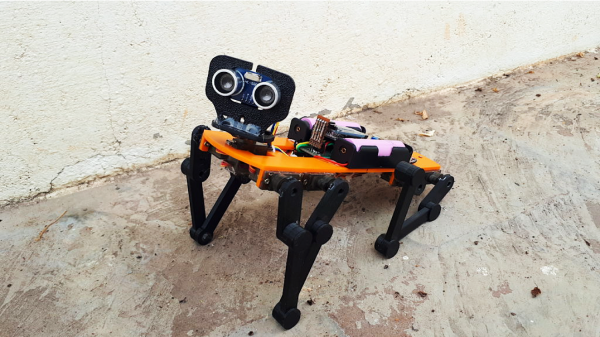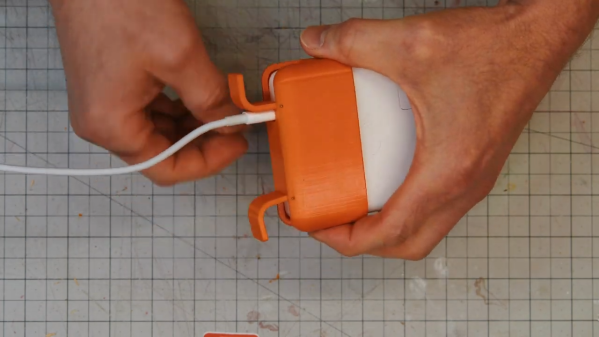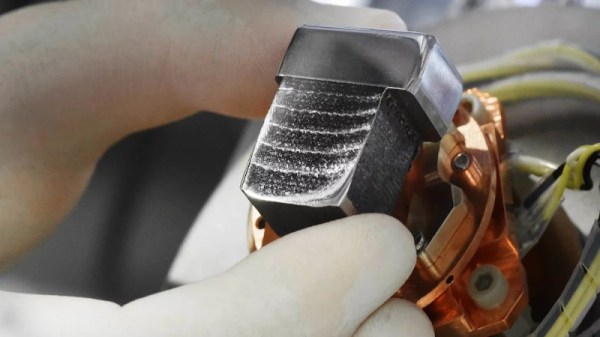Many decades ago, a much younger version of me was in the car with my dad and my brother, cruising down the highway on some errand or another. We were probably all in the front seat, and none of us were wearing seatbelts; those were simpler times. As we passed under an overpass, my dad said, “Do you know why the overpasses on these roads are so high?” Six-year-old me certainly didn’t, but it was clear dad did and had something to say about it, so we just shook our heads and waited for the lesson. “Because that’s how big nuclear missiles are.” He then went into an explanation of how the Interstate Highway System in the USA, then still in its infancy, was designed to make sure the armed forces could move around the country, so overpasses needed to allow trucks with big loads to pass.
It was an interesting lesson at the time, and over the years I’ve continued to be impressed with the foresight and engineering that went into the Interstate system here in the US. It’s far from perfect, of course, and it’s only recently that the specifications for the system have started to put a pinch on things that seem totally unrelated to overpass dimensions — namely, the size and efficiency of wind turbines.


















